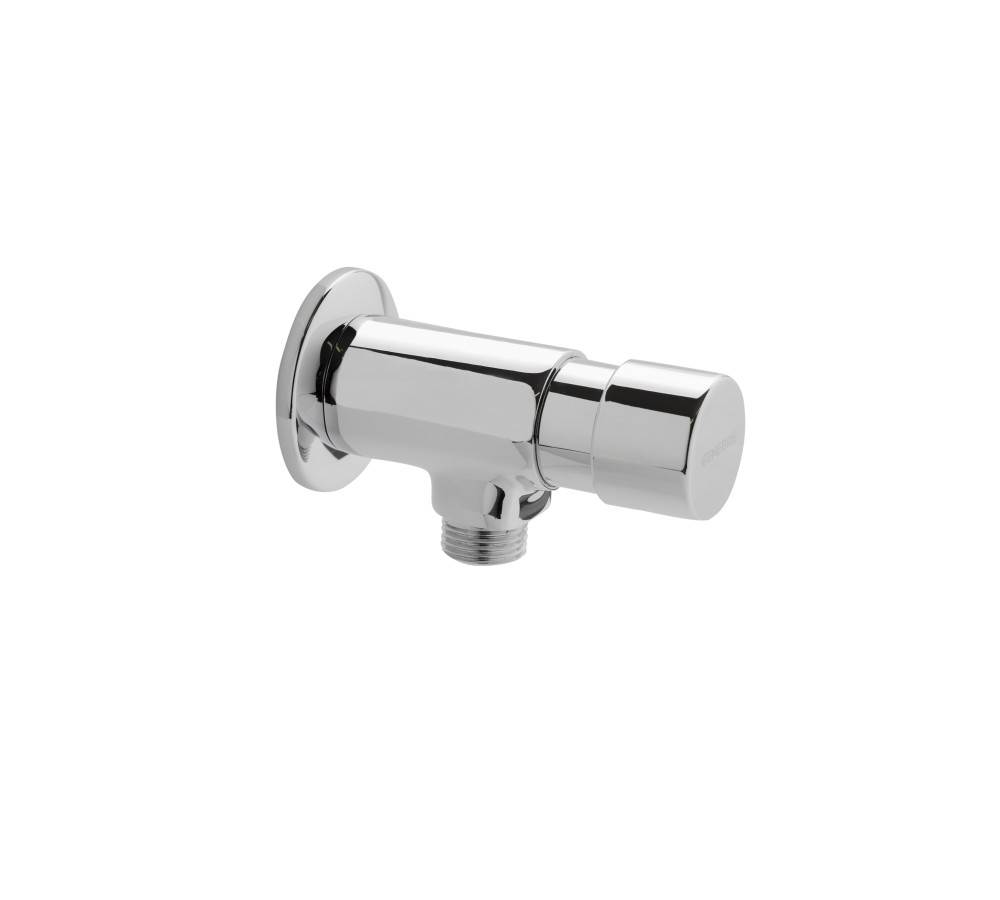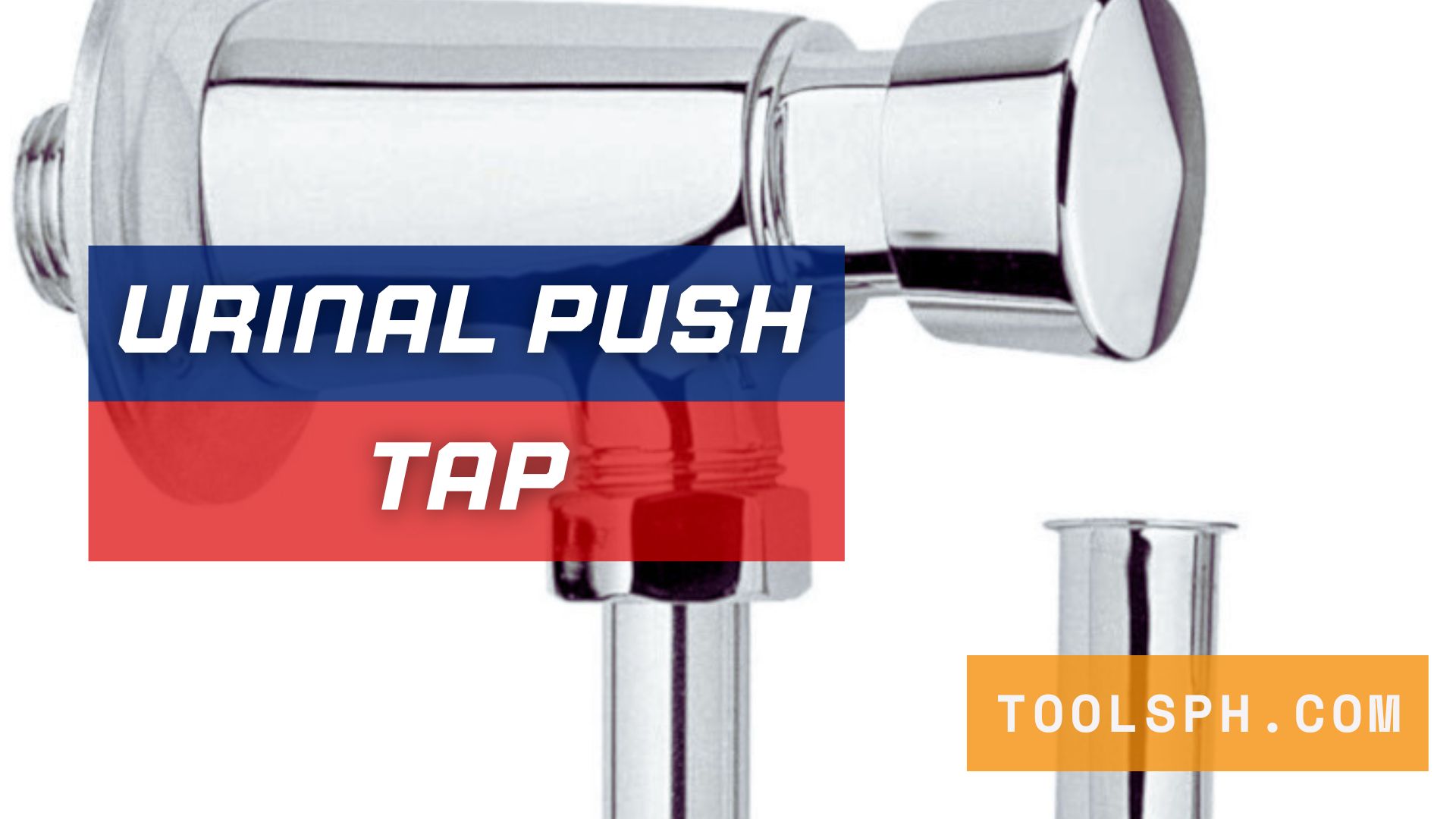Urinal push taps, sometimes referred to as flush valves or push buttons, are plumbing fixtures that start urinal flushing. Usually, it is made up of a lever or push-button mechanism that, when pressed, releases a fixed volume of water to flush the urinal bowl. These taps only release the minimum amount of water required for each flush because they are made to conserve water. They are favored for their effectiveness, usability, and ability to reduce contact with potentially contaminated surfaces. You can frequently find them in public or commercial restroom facilities.
Urinal Push Tap Prices
Urinal push tap prices vary depending on its brand, applicable water pressure, flushing time, and material used. Its price ranges from ₱207.00 to ₱568.00.
| Details | Applicable water pressure | Flushing time | Material | Prices |
| PlanB | 0.6 (MPa) | 3 seconds | Brass | ₱239.00 |
| YCMall | 0.6 (MPa) | 3 seconds | Metal | ₱207.00 |
| Toto | 0.8 (MPa) | 4 seconds | Chrome-plated brass | ₱350.00 |
| XCF | 0.6 (MPa) | 3 seconds | Copper | ₱568.00 |
| XCF | 0.8 (MPa) | 4 seconds | Copper | ₱610.00 |
| XZM | 0.6 (MPa) | 3 seconds | Copper | ₱423.00 |

Advantages of Urinal Push Tap
Water Conservation – Urinal push taps cut down on overall water consumption and utility costs by effectively controlling water usage and only providing the minimum amount of water needed for each flush.
Hygiene – Push taps help to improve bathroom hygiene by minimizing contact with potentially contaminated surfaces and limiting the transmission of bacteria and germs.
Durability – Urinal push taps are usually strong and made to be used frequently. This means that they perform well for a long time and require less upkeep and replacement.
Ease of Use – People of all ages can easily operate them thanks to their simple construction, which typically only requires a single push or press.
Disadvantages of Urinal Push Tap
Compatibility Issues – Due to compatibility issues with the plumbing infrastructure or urinal design, retrofitting existing urinals with push taps may not always be possible, necessitating additional modifications or replacements.
Aesthetic Considerations – The visual appeal of the restroom environment may be affected by users who find push taps less aesthetically pleasing than manual flush mechanisms.
Initial Cost – Installing urinal push taps may require a larger initial investment than installing traditional manual flush mechanisms due to the higher upfront costs.
Sensitivity to Malfunctions – Push taps’ mechanical parts are subject to deterioration over time, which could result in leaks or malfunctions if improperly cared for or serviced.
Video about Urinal Push Tap
FAQs
How do urinal push taps work?
Push buttons or sensor mechanisms are used by urinal push taps to start the flushing process. Upon activation, they discharge a preset volume of water to clean the urinal bowl, encouraging both hygiene and water conservation.
Are urinal push taps easy to install?
Push tap installations for urinals can differ based on the model and plumbing setup. Certain models, particularly electronic ones, might only need basic retrofitting, but others might need more involved installation processes like plumbing or wiring changes.
Does urinal push taps require electricity?
Electronic or sensor-operated push taps may require electricity to function, whereas manual push taps work mechanically and don’t need it. These electronic versions might need to be connected to a power source or use batteries.
Can push taps for urinals be used in any kind of restroom?
Push taps for urinals are appropriate for a range of restroom settings, such as public, commercial, and institutional spaces. However, considerations for restroom design and compatibility with the current plumbing infrastructure should be made.
How frequently should push taps in urinals be maintained?
The amount of care needed for urinal push taps can vary based on usage, the quality of the water, and the model. To guarantee correct operation, they typically need to have internal components cleaned, inspected, and replaced regularly.


